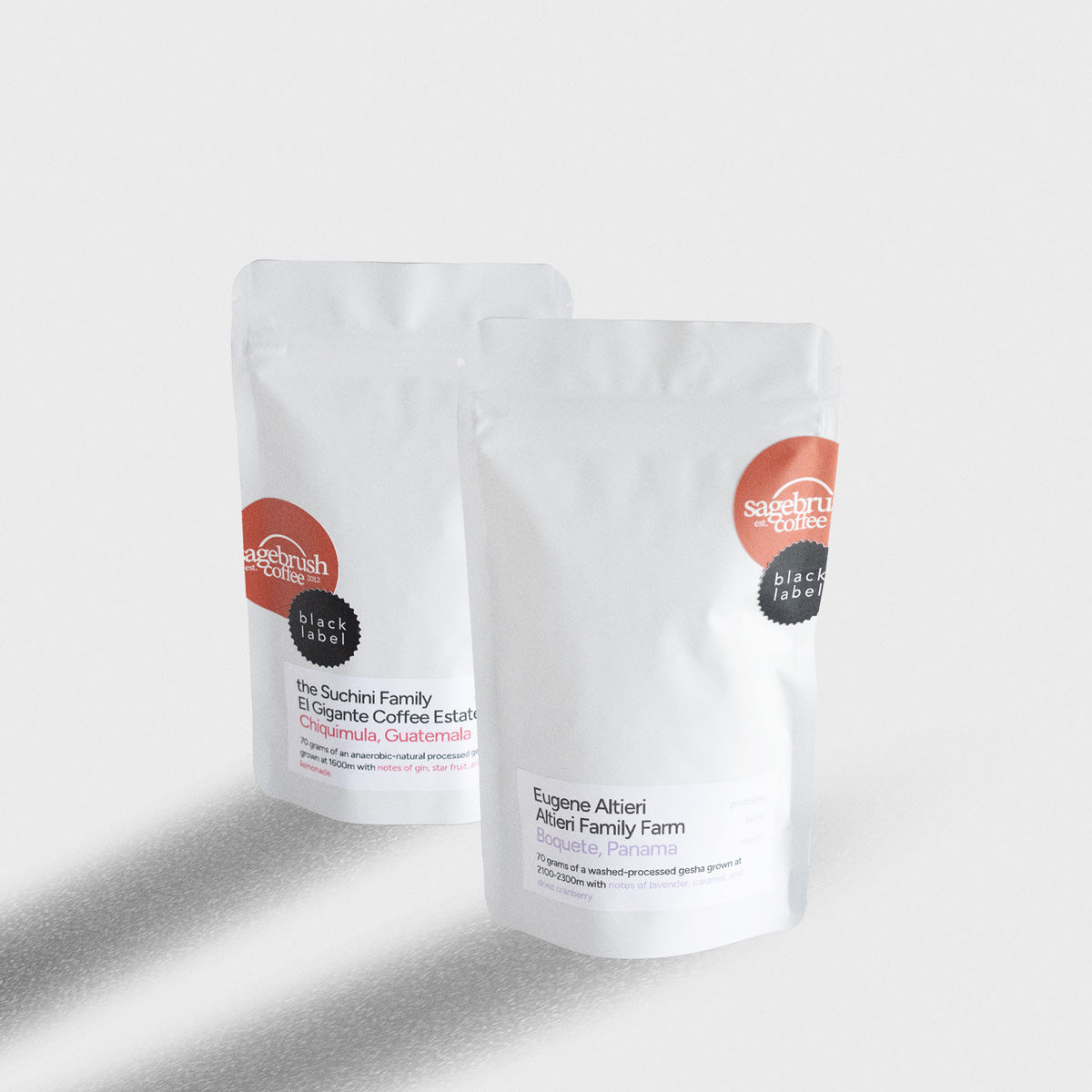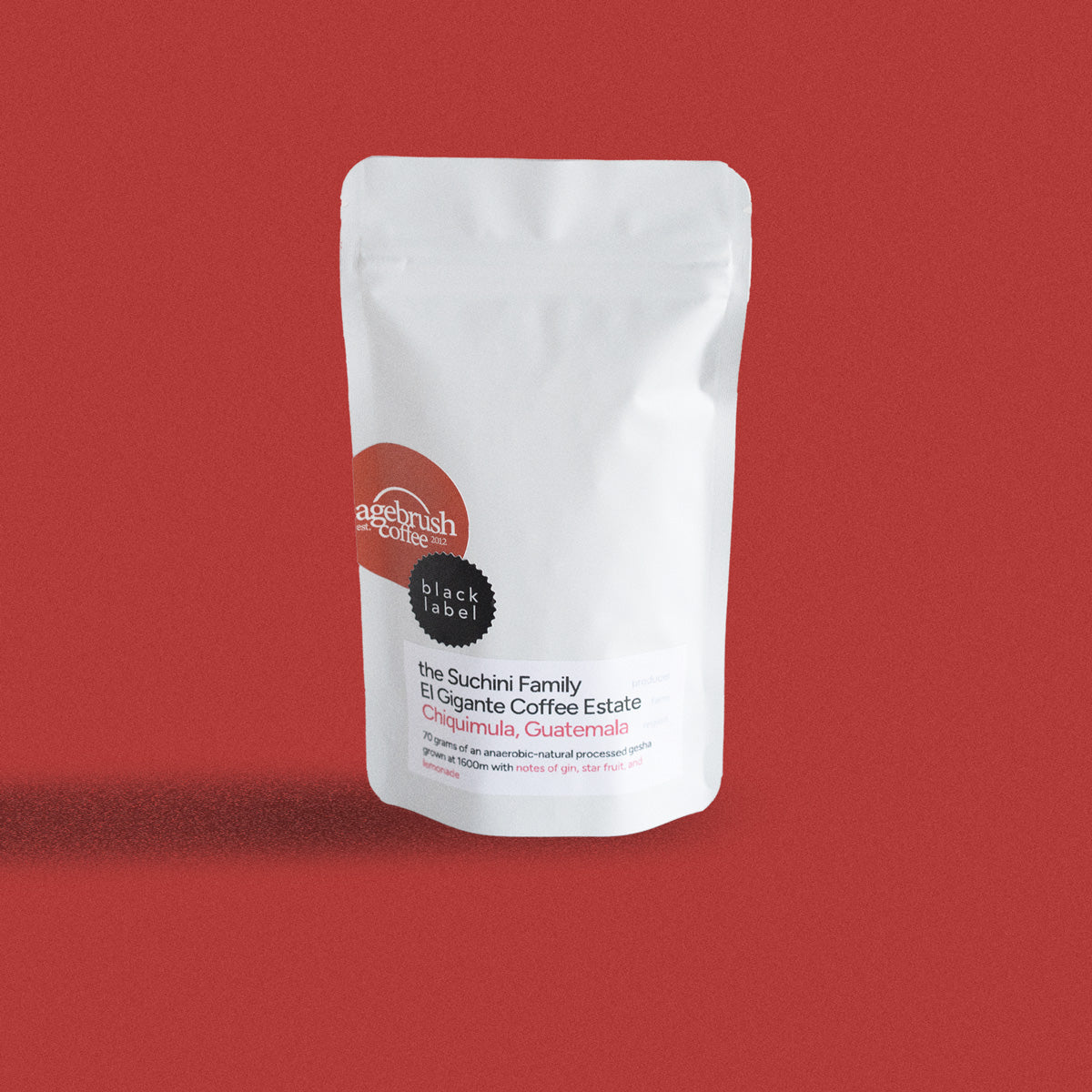As you may know, we have flavor note descriptions for each of our coffees. They can be found on our website or the coffee bag labels. The flavor notes we offer are intended to act as a guide for you to start thinking about flavors on a spectrum. It is important to note that our flavor descriptions are not set in stone. Due to our versatile pallets, you may discover an entirely different flavor profile. The fact we have individualized palates is what makes drinking coffee such an exciting and immersive experience. The ultimate goal is to identify coffees that are aromatic and delicious and will keep you wanting more.
So, what are flavor notes, and how are they distinguished? Coffee is considered one of the most complex beverages to drink. It contains 1,500 chemical compounds that are responsible for both aroma and flavor. Coffee has 2-3 times as many flavor compounds as wine. Many people ask if our coffee has additives to give off the flavors we describe, and no, we do not add extracts to the beans to make them taste like chocolate or fruit. Coffee notes are a natural process and can have similar, if not, the exact same compounds of different fruits and other organic materials. These flavors can be discovered when coffee is expressed correctly. Did you know that coffee is a fruit? Coffee beans are the seeds of a cherry-like fruit. Similar to the different ripening stages of any other fruit, the way coffee is at a certain point during the harvesting process will affect the tasting notes. For example, bananas will have different flavor charactertistics when green, raw, or ripe.
The flavors in coffee relate to the growing process, crop location, water composition, processing procedures, and roasting methods. Truly flavorful coffee is not roasted too dark. Too much roasting can cause the beans to char, which takes away the coffee’s natural sugars. A sign of over-roasting is an oily bean and a flavor profile that is bitter and harsh. The beans become oily because the flavor compounds of the beans have been pushed to the surface when roasting. Roasting for too long can dull the natural and complex flavor potential of the beans. This is the main reason we never roast our coffee beans past the second crack.

To judge a cup of coffee, beyond the basic qualification of it tasting delicious or bitter, there is a critiquing process called cupping. Cupping is a systematic approach to sampling and comparing different coffees by involving the senses – smell, taste, and feel. Before we select a coffee to sell, it is cupped and judged by its fragrance (both wet and dry), acidity, flavor, body, and aftertaste using a scale between 1-5 or 1-10. The individual scores are summed up, and 50 points are added to have the final number be an approximate 100-point maximum. This method allows for easier score comparisons. It is important to note that the highest scoring coffees may not always be the new favorite based on personal preferences. Most of the time, the coffees we choose are based on what we like and similar coffees that have sold well in the past. At the end of the day, it is a guessing game. To learn more about the cupping experience, you can read our starter’s guide to cupping, here.
The Specialty Coffee Association of America (SCAA) developed a coffee tasting wheel that is extremely helpful for directing the taste buds during the cupping process. Coffee origins usually have a common theme when it comes to the flavors their beans produce.

Latin America: Chocolate, Nuts, Sweet Heavy Fruits
Africa: Bright, Floral, Citrus & Stone Fruits
Indonesia: Bold, Earthy, Heavy Bodied
The association of flavor notes to the coffee region is the main reason why people find themselves gravitating towards a specific origin or farm. My favorite coffees tend to be Africa's naturally processed beans. The country’s combination of sourcing and processing method creates a bean that is bright, fruity, and oh, so delicious!
In addition to the origin of the beans, the way coffee is roasted can affect the natural aroma and flavor profiles. When coffee is roasted, it is important to roast at a level that highlights the characteristics of the beans, as well as promotes an optimal brewing experience.
Light Roast (City): Citrus, Stone Fruit, Floral
Medium Roast (City +): Caramel, Cocoa, Nuttiness
Dark Roast (Full City +): Dark Chocolate, Nuts, Caramel, Smokiness
Have you discovered a specific origin or roast profile that satisfies your palate? Next time you take a sip of your morning cup, take a moment and see what colors, flavors, and even memories come to mind. Coffee is more than a “pick-me-up” beverage. Coffee is an ever-evolving and full sensory flavor experience.

















